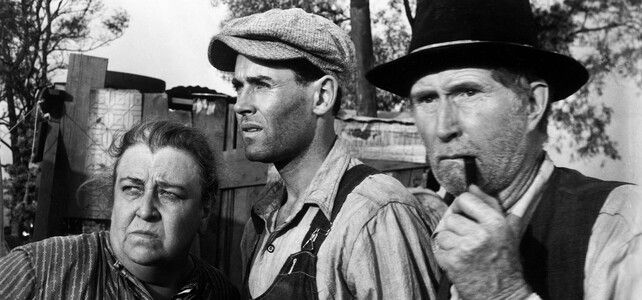In the past, people had different words to describe homeless individuals, like "bum," "hobo," and "tramp." These words showed social differences among homeless people. Some chose to be homeless, while others had different circumstances.
"Hobo" denoted individuals who both worked and moved, whereas a "tramp" referred to those who moved but did not work, while a "bum" neither moved nor worked. All three groups exist today among the homeless, but the classification is no longer used due to a more "politically correct" choice of words to describe this group.
There used to be different social groups among the homeless. Some took pride in being hoboes or tramps, while others were bums. These groups had their own culture and values, but today, we consider everyone without a home as "homeless." We use the word "homeless" to describe anyone without a stable place to live, whereas in the past, people who were without a home weren't automatically grouped together.
Even before the rise of the modern idea of "homelessness," communities didn't want homeless people around. They made new laws and enforced old ones to control them. Vagrancy laws made it illegal to be poor and not working. If caught, people could be arrested and punished with jail time or hard labor.
Skid row was an area where many homeless people lived. If someone was found there, it showed they didn't have a stable home or job. Vagrancy laws targeted these people because they were seen as a burden on society.
The law was not just about homelessness, but it was also used to control racial minorities and political radicals. It restricted the freedom of those who challenged the status quo.
In a book called "The Road," Jack London tells a story about being arrested for being a tramp in 1895. He was sentenced to spend thirty days in jail. Many others faced similar punishments under the vagrancy law.
This shows how the law was used to punish and control people considered tramps or homeless, even if they were just looking for a place to stay.
Today, street-sleeping and panhandling are still prohibited in places, or often only permitted under conditions. Police discretion for enforcing laws is highly restricted as compared to under vagrancy laws. Demands by the public for the police to “do something” about the homeless or public disorder in general remain unrelenting. We will never get police completely out of the lives of homeless individuals until we identify a solution to disorder satisfactory to the public that doesn’t rely on the police.
Around 1980, "modern homelessness" started to become more noticeable in the United States. People began to see more poor single adults in public places during the day and night. They were often younger than before, and had more serious mental health issues compared to the hoboes, tramps and bums of the past. There were more women, then known as "bag ladies" or "shopping cart ladies" who were homeless.
Cities also saw an increase in the number of single mothers needing temporary housing. The media and advocacy groups started paying attention to their struggles, and used the term "homeless" to discuss the issue.
This helped raise awareness and put a spotlight on the challenges faced by homeless people. The media and advocacy groups worked together to bring attention to their stories and push for solutions to the problem of homelessness.
Summary of portions of: Eide, Stephen, Homelessness in America : history and tragedy of an intractable social problem, Lanham : Rowman & Littlefield, [2022]

